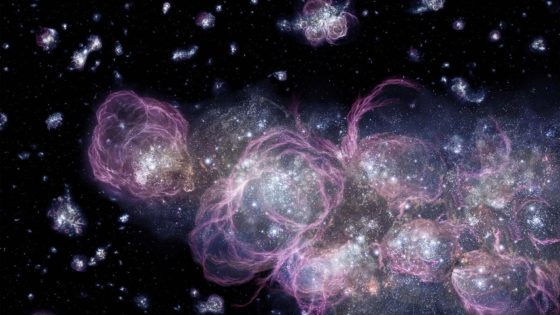Recent research into fluid dynamics has unveiled fascinating insights into how two immiscible fluids interact, creating stunning “fireworks” patterns. These simulations, detailed in a study published on 2025-07-20 18:00:00, reveal the complexities of fluid mixing, crucial for applications like carbon capture.
- Fireworks are computer simulations of fluid mixing.
- Immiscible fluids create "fingers" during interaction.
- Understanding fluid dynamics aids carbon storage.
- Saffman-Taylor instability forms distinctive patterns.
- Carbon sequestration projects are globally expanding.
- Viscosity affects fluid movement and interaction.
The study focuses on how fluids with different viscosities, such as oil and water, can form distinct “fingers” when injected together. Understanding these interactions is essential for effective carbon storage solutions, which play a vital role in combating climate change.
Why is this research significant? It highlights the importance of fluid dynamics in environmental science. By mastering how these fluids behave, we can improve carbon sequestration methods. Key points include:
- Fluids with varying viscosities create unique patterns when mixed.
- Understanding these patterns aids in effective carbon storage.
- Carbon dioxide is a major contributor to global warming.
As we advance our understanding of fluid interactions, we may unlock new strategies for mitigating the impacts of greenhouse gases, paving the way for a more sustainable future.

































